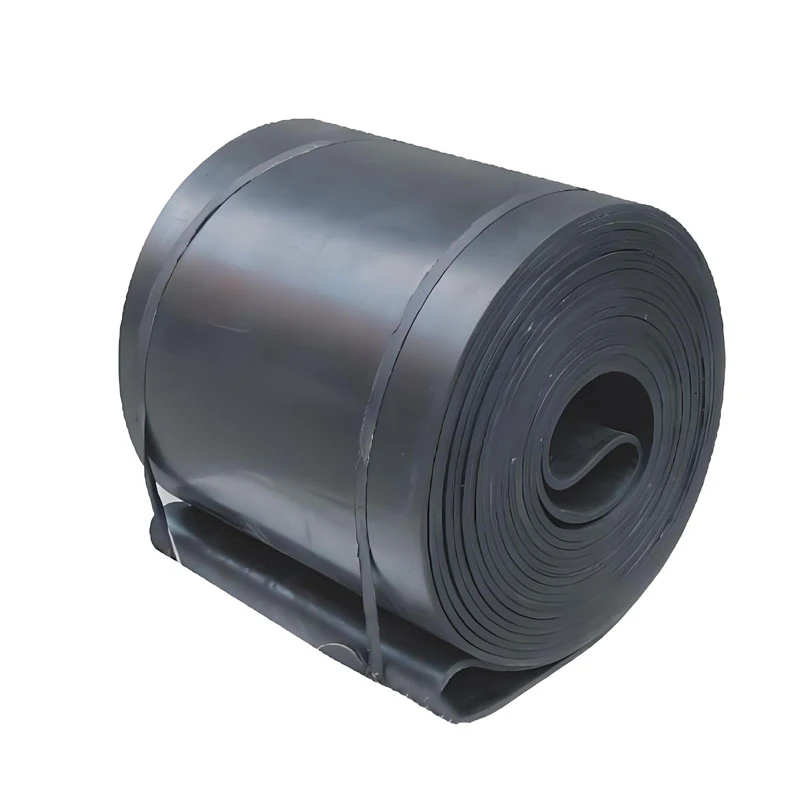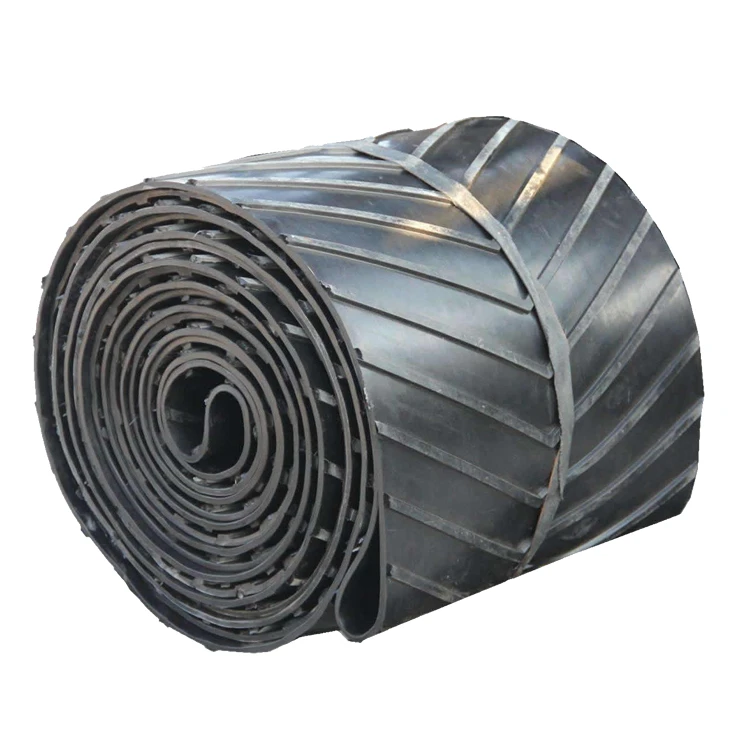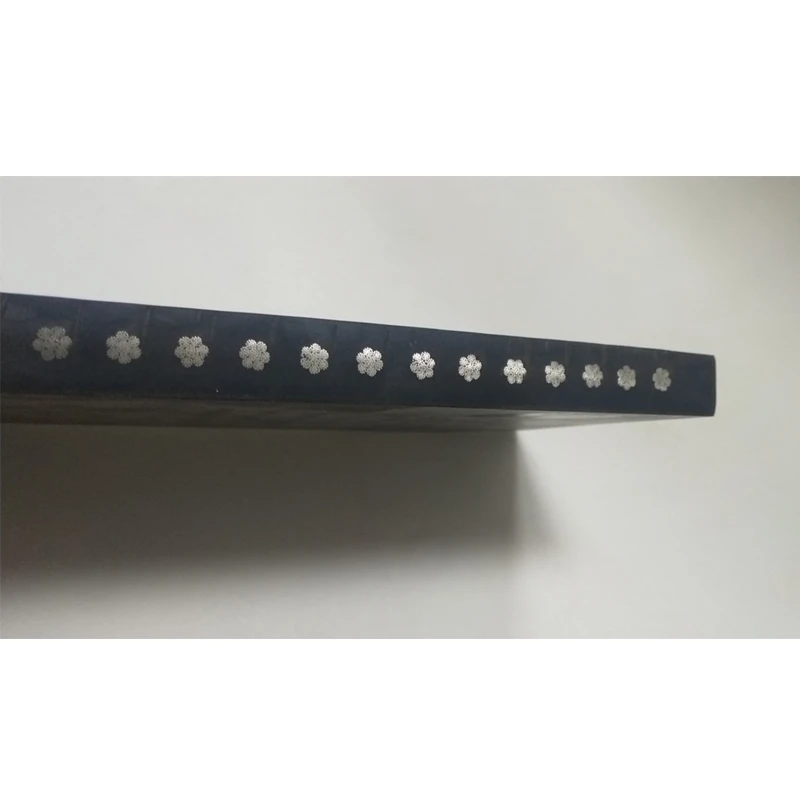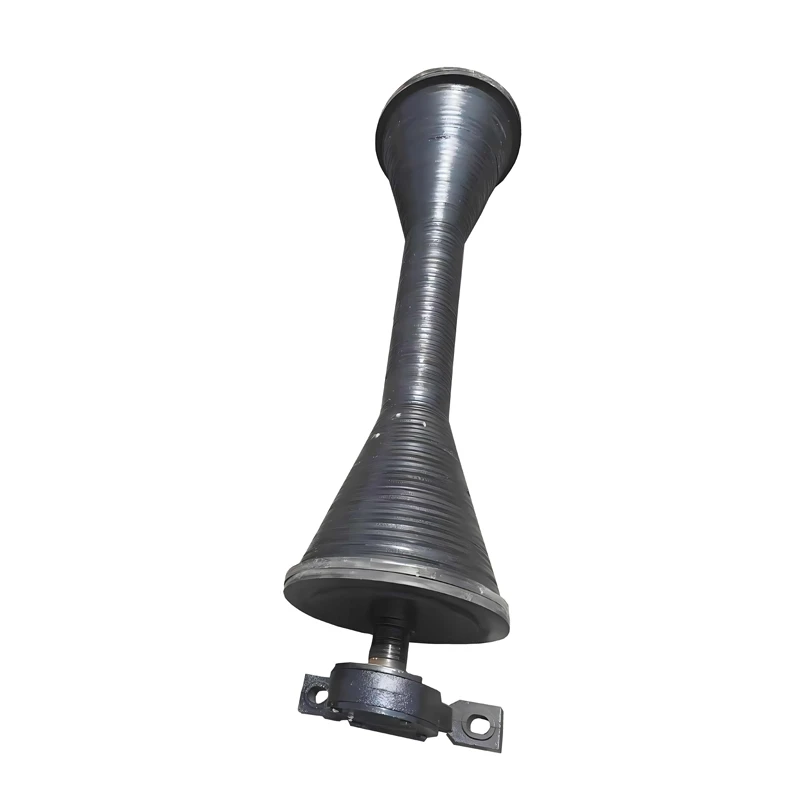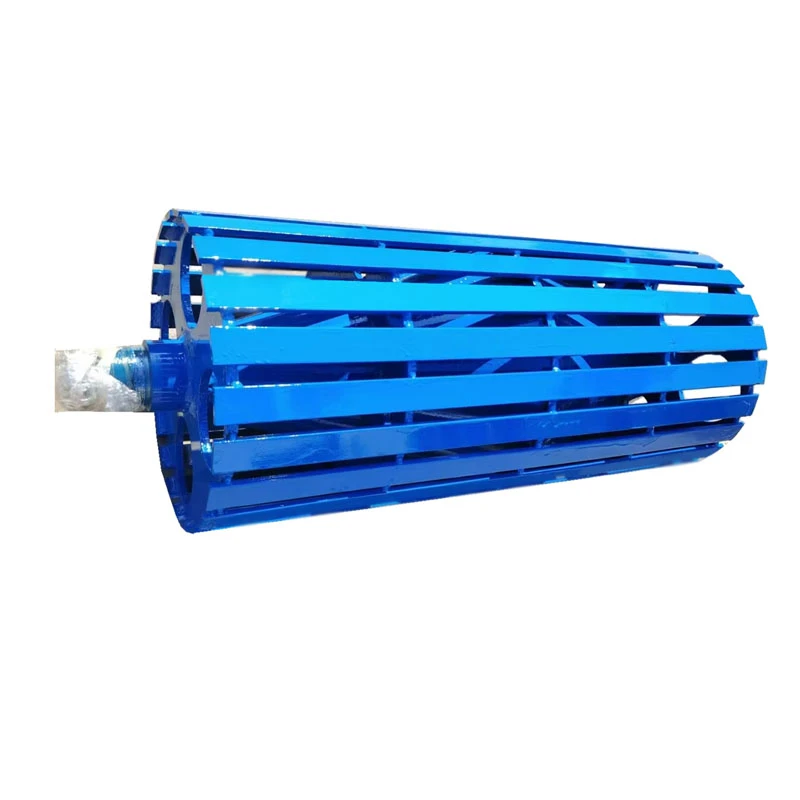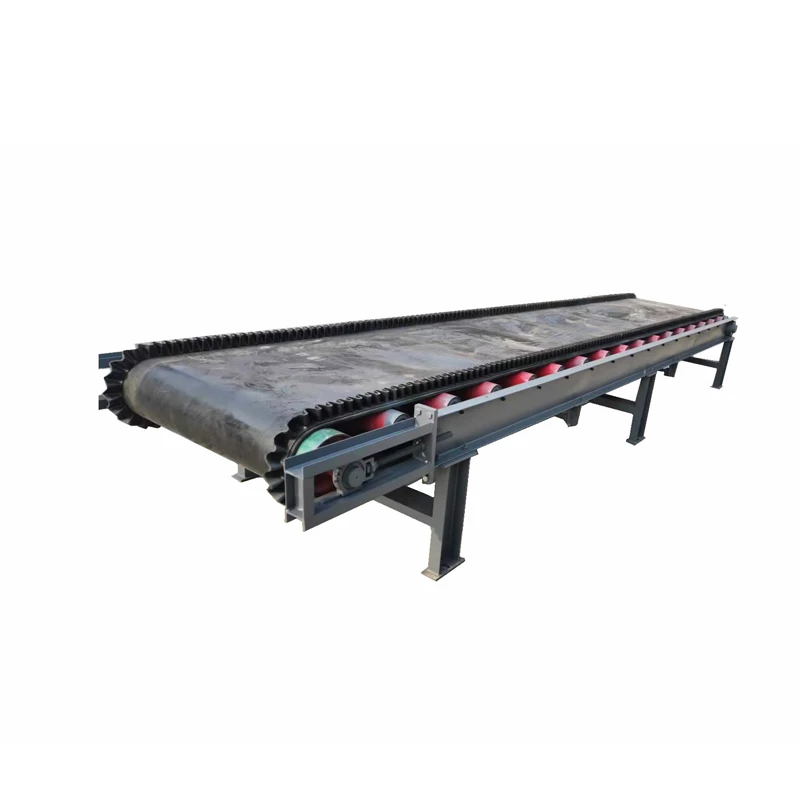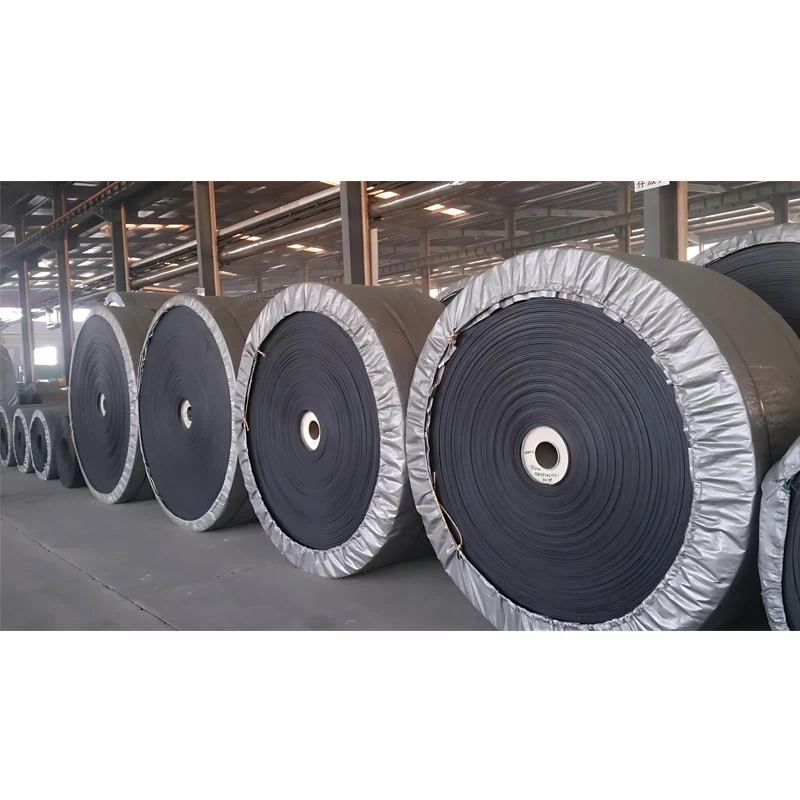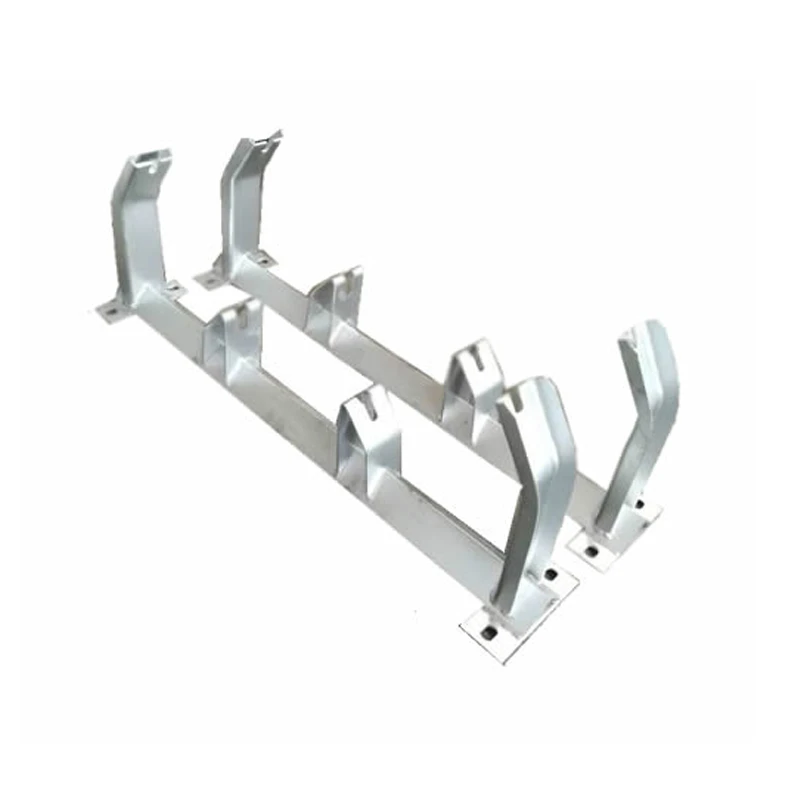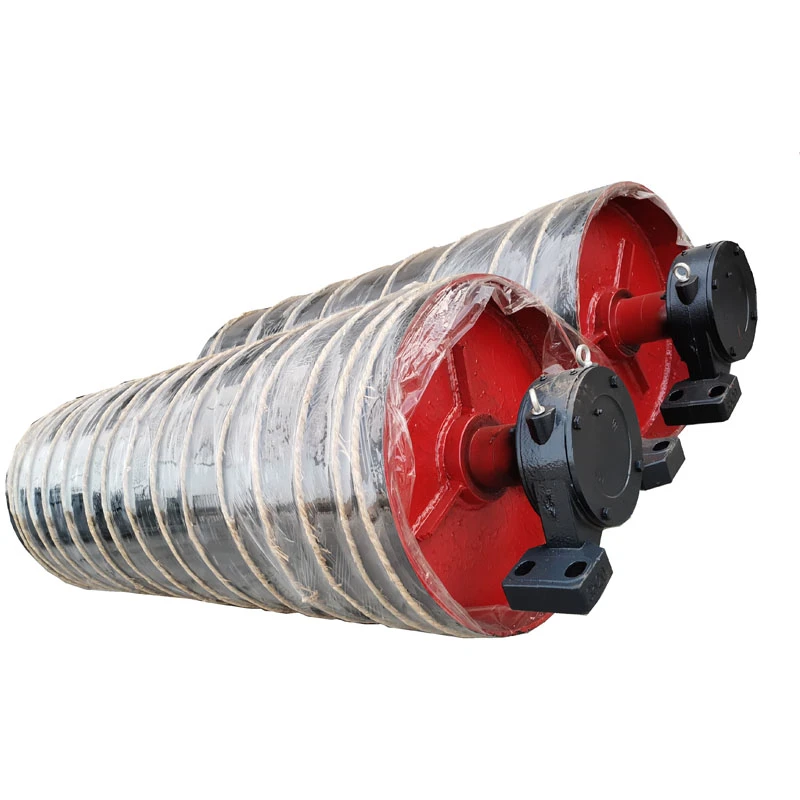- Overview and technical capabilities of adjustable conveyor roller
s - Innovative engineering features enhancing roller performance
- Comparative analysis of leading powered roller conveyor manufacturers
- Customization options for specialized industrial requirements
- Efficiency gains demonstrated through operational data benchmarks
- Implementation case studies across key industries
- Strategic considerations for operational integration
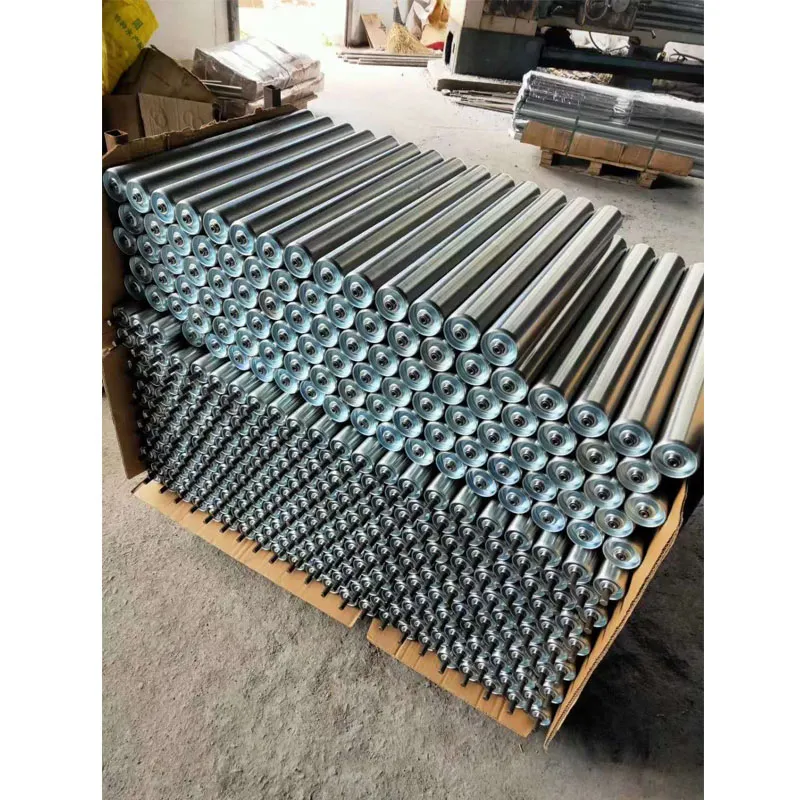
(adjustable conveyor roller)
Understanding Adjustable Conveyor Roller Mechanics
Adjustable conveyor rollers represent pivotal advancements in material handling technology, enabling dynamic alignment to accommodate diverse load dimensions. Unlike fixed-position systems, these components feature lateral adjustment capabilities ranging from 10-75mm per roller section. The mechanical design incorporates threaded bearing housings combined with slotted frame structures, permitting micro-adjustments down to 0.5mm precision. This eliminates traditional maintenance headaches like belt tracking issues while reducing friction-related energy loss by 12-18%.
When integrated with modern automation systems, adjustable rollers dynamically respond to package dimension sensors through PLC-controlled actuators. Typical adjustment cycles require under 3 seconds for full reconfiguration between product runs. Industries requiring frequent changeovers, such as third-party logistics and parcel distribution centers, report 40% reductions in line conversion times after implementation. The compatibility with existing barrel roller conveyor frameworks allows seamless retrofitting without complete system overhauls.
Engineering Advancements in Roller Technology
Contemporary designs incorporate hardened steel cores (Rockwell 58-62 HRC) with polyurethane vulcanization bonding processes that extend service life beyond 30,000 operational hours. Sealed-for-life bearings utilizing multi-labyrinth designs maintain performance in environments exceeding 120°F with particulate contamination levels up to IP69K standards. Testing data reveals these innovations decrease roller replacement frequency by 60% compared to traditional models.
Power transmission systems have evolved from chain-driven configurations to brushless DC motors integrated within roller tubes. This distributed drive approach minimizes mechanical complexity while delivering torque densities exceeding 15 Nm/kg. Each powered roller conveyor unit incorporates regenerative braking capabilities, feeding up to 18% of deceleration energy back into the power grid during controlled stops.
Manufacturer Capability Comparison
| Manufacturer | Adjustment Range (mm) | Max Load Capacity (kg/m) | Lead Time (weeks) | Energy Savings |
|---|---|---|---|---|
| IntelliRoll Systems | 15-70 | 750 | 4 | 27% |
| DynaCon Solutions | 10-65 | 850 | 6 | 22% |
| FlexiMove Technologies | 20-75 | 600 | 3 | 31% |
| Precision Roller Co. | 10-60 | 900 | 8 | 18% |
Leading manufacturers differentiate through specialized engineering: IntelliRoll's patented radial suspension system accommodates irregular loads up to 45% beyond rated capacity during shock events. DynaCon's corrosion-resistant zinc-nickel plating withstands 1,200+ hours in salt spray testing. When evaluating suppliers, operational environments should dictate specification priorities – food processing facilities benefit from FlexiMove's FDA-compliant polymer coatings, while heavy industry operations require Precision Roller's induction-hardened steel rollers.
Customization for Industry-Specific Applications
Beyond standard configurations, tailored solutions address specialized handling requirements:
Pharmaceutical: Cleanroom-compatible rollers with conductive materials dissipating static (< 106 ohms resistance)
Food Processing: Steam-cleaning rated units (140°F continuous exposure) with antimicrobial surface treatments
Automotive: ESD-protected rollers preventing spark generation in paint spray environments
Mining: Tungsten-carbide embedded rollers resisting abrasive wear from ore materials
Customization typically extends to roller diameter (32mm to 150mm), surface textures (knurled, diamond plate, smooth), and power integration options. Modular designs enable field-upgradable components, allowing facilities to add position sensors or torque monitoring without full component replacement.
Operational Efficiency Metrics
Comprehensive productivity studies reveal consistent improvements across key performance indicators:
- Changeover time reduction: 38-42% (automotive assembly benchmarking)
- Energy consumption: 0.45 kWh/meter daily (compared to 0.68 kWh fixed systems)
- Maintenance frequency: 78-day meank time between service intervals
- Product damage reduction: 0.2% rejection rate (vs. 1.7% industry average)
These efficiencies translate directly to financial impact. Distribution centers report 16-month ROI through labor optimization and reduced product damage, while manufacturing facilities achieve 5-9% throughput increases without line expansion.
Industrial Implementation Case Studies
E-commerce Fulfillment Center: Replaced 420m of traditional conveyor with adjustable rollers handling parcel size variations from 0.05-55kg. The installation resolved chronic jamming issues, increasing sortation accuracy to 99.96% while accommodating 97% size variability without manual intervention.
Tire Manufacturing: Integrated barrel roller conveyor segments with position-adjustable lanes accommodating 15 rim diameters across a single production line. The modification reduced changeover downtime from 42 minutes to 7 minutes per SKU transition.
Recycling Plant: Heavy-duty adjustable rollers with impact-absorbing polymer cores processed 23t/hour of construction debris without component failure, achieving 11-month ROI through reduced equipment replacement costs.
Strategic Advantages of Adjustable Conveyor Roller Systems
The migration to adjustable conveyor roller systems delivers long-term operational resilience by transforming static infrastructure into responsive material handling networks. Operations experiencing SKU proliferation or package variability gain configuration flexibility impossible with fixed-position rollers. Scalability becomes inherent through modular expansion capabilities – facilities can incrementally add automation features like predictive maintenance sensors or AI-driven flow optimization as operational needs evolve.
Beyond immediate throughput improvements, these systems provide sustainable advantages through energy recovery mechanisms and extended component lifecycles. When selecting systems, operations managers should prioritize future requirements over current needs, ensuring conveyor infrastructure can accommodate planned production diversification. Leading implementations incorporate standardized interfaces for industrial IoT ecosystems, establishing foundations for Industry 4.0 integration.

(adjustable conveyor roller)
FAQS on adjustable conveyor roller
Q: What is an adjustable conveyor roller?
A: An adjustable conveyor roller allows customized positioning to handle varying load sizes and weights. Its height or angle can be modified manually or automatically to optimize material flow. This flexibility improves efficiency in warehouses and production lines.
Q: How do barrel roller conveyors differ from standard models?
A: Barrel roller conveyors feature tapered rollers that curve inward at both ends, preventing items from jamming at conveyor edges. They excel in guiding cylindrical or irregularly shaped products like drums and pipes. This design ensures stable transportation without manual intervention.
Q: Which industries benefit most from powered roller conveyor systems?
A: E-commerce fulfillment centers and automotive manufacturing rely heavily on powered roller conveyors for automated sorting and assembly. Food processing plants also use stainless steel variants for washdown environments. These systems accelerate throughput while reducing manual handling risks.
Q: What key specifications should I check with powered roller conveyor manufacturers?
A: Always verify load capacity per roller (e.g., 150-300 lbs) and maximum speed compatibility (typically 30-100 FPM). Confirm voltage requirements (24V/110V/480V) and roller spacing options. Reputable manufacturers provide IP-rated options for dust/moisture resistance.
Q: Can adjustable conveyor rollers integrate with existing automation systems?
A: Yes, most modern adjustable rollers feature PLC-compatible sensors for automated height adjustments. They sync with warehouse management software via Ethernet/IP or Modbus protocols. Manufacturers offer retrofit kits to upgrade legacy conveyors without full system replacement.

